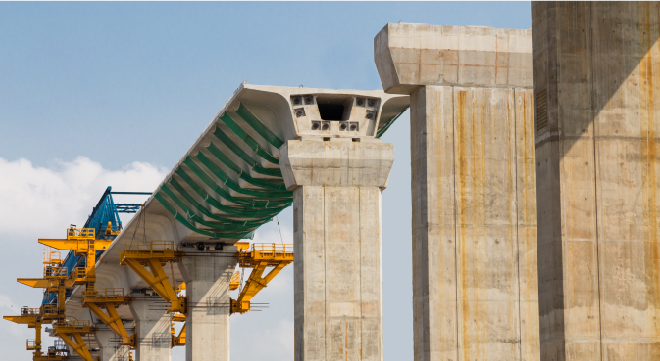Retirement funds will have to invest in upskilling trustees to empower them to navigate the complex world of infrastructure investing opened up by the gazetting of the amendments to regulation 28 of the Pensions Fund Act, according to Andrew Davison, the chairperson of the Investments Committee of the Actuarial Society of South Africa.
The new regulation 28 investment limits allow retirement funds to invest up to 45% of assets in South African infrastructure projects, effective from the beginning of January 2023.
Read: National Treasury publishes final amendments to regulation 28
Davison welcomed the introduction of the specific infrastructure investment limits, which are aimed at encouraging retirement funds to invest in infrastructure projects.
Describing the new 45% allowance as “significant”, he said the change places an additional duty on retirement fund trustees to pick well-defined infrastructure projects that contribute to building the country while also providing the returns members need on their savings over the long term without excessive levels of risk.
“Trustees need to consider the new limit in the context of each retirement fund’s benefit objectives. The reality is that infrastructure investments are accessed mostly via private equity and other unlisted instruments and come with significant risk.”
Davison said that in order to ensure that retirement fund members benefit from the new adjustments, trustees will have to make sure they understand the infrastructure investing space.
“Retirement fund trustees, as well as their asset consultants and asset managers, will have to build knowledge and skills in evaluating and managing infrastructure investments.”
He said it is important to understand that the percentages are investment limits aimed at protecting retirement fund members against the risk of an excessive concentration of assets and, in particular, illiquid assets. They are not prescribed targets to be met.
Need to build capacity
According to Davison, the assets held by retirement funds on behalf of their members are considered valuable in any country, because they tend to be sizeable and available for the long term. “This means that they can be used to provide the funding needed to build capacity in the country, which in turn grows the economy and creates jobs. It is important that these savings are cherished and used wisely to ensure that they meet the needs of the country while also growing members’ savings to enable them to retire financially secure.”
The right infrastructure projects have the potential to deliver stable, inflation-beating returns over the long term that align well with members’ needs, according to Davison. At the same time, he said, increased investments in infrastructure projects will be good for South Africa’s economic growth.
“An important point for trustees to note in the new regulations is the requirement for retirement funds to report on their investments in infrastructure. To allow the FSCA to monitor the assets being allocated to infrastructure, as well as other exposures, the existing reporting exclusion on look-through of Collective Investment Schemes and insurance policies has been removed. This introduces an additional administrative requirement, including the need to classify all infrastructure investments as such based on the definition.”
Consumption-powered growth is not sustainable
Davison said South Africa has been limping along on consumption-powered growth, which is not sustainable.
“We need more of the growth that is driven by construction, which requires an increase in infrastructure development. To achieve this, we need investment funding for projects.”
He points out that China’s massive economic growth over the past three decades was driven by infrastructure investments, and only in the past few years has this started to shift to more consumption-led growth.
The shift in investor attitudes towards a greater focus on sustainability also supports investment in infrastructure, which can support the transition to cleaner energy, for example.
Davison said that buying listed company shares is merely a change of ownership but does not really help a country to move forward.
However, he said an increase in the funding of infrastructure projects ultimately also has a positive impact on equity markets by driving sustainable economic growth. This, in turn, benefits investors, inside and outside of retirement funds.
Davison does not expect a rush into infrastructure investments despite the introduction of the generous limit, because investable opportunities remain scarce.
In his view, it would not be sensible for retirement funds to invest in infrastructure outside of South Africa. “We should be building South Africa first. In order to achieve this, we need well-defined projects that are corruption proof.”



